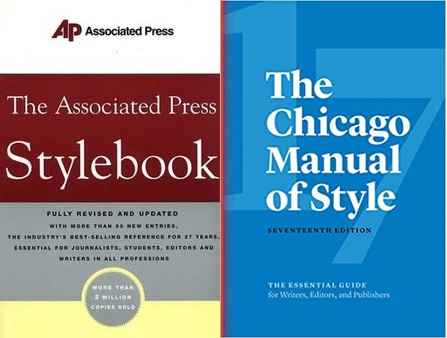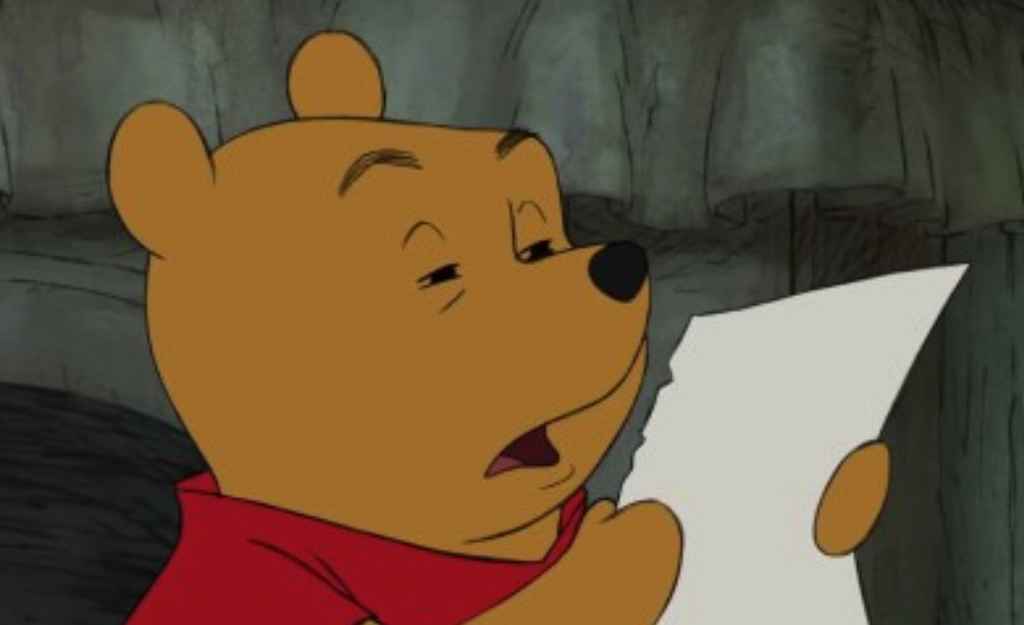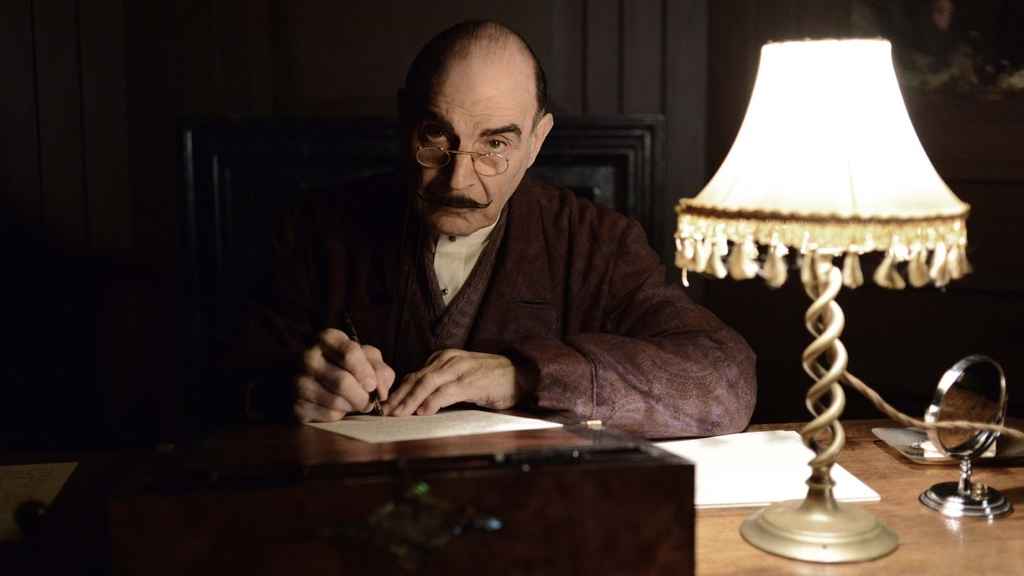Blog • Understanding Publishing
Last updated on Sep 07, 2021
Copy Editing vs Proofreading: What’s the Difference and Which Do You Need?
In professional publishing, copy editing is the act of improving what an author writes. Proofreading, on the other hand, is a safety net that ensures that the author and copy editor didn't miss anything. These are two different jobs with the same goal: making a piece of writing as readable and error-free as possible.
In this article, we’ll do a quick dive into the work that copy editors and proofreaders do and help you understand which type of editing your manuscript needs at any given time. If you want to cut straight to the chase, you can find out yourself by taking our quiz.
🖋️
What kind of editing does your book need?
Takes one minute!
What is copy editing?
In the broadest sense, copy editing ensures that a piece of writing is ‘correct.’ Most people will understand this to mean fixing spelling mistakes and correcting grammar issues, but this will usually go a lot further in professional publishing.
Working to style guides

A trained and experienced copy editor will ensure that a piece of writing adheres to the publisher’s chosen style guide. Say, for example, you’re an author who’s written this sentence:
The fourteen year old boy put down his copy of Twilight.
If this is for a novel, the copy editor would have established that it should follow the Chicago Manual of Style. They would edit this line by hyphenating ‘fourteen-year-old’ (as it’s a compound adjective) and italicizing the novel’s title.
The fourteen-year-old boy put down his copy of Twilight.
If you are writing for a newspaper column that follows the AP Stylebook, the copy editor will edit ‘fourteen’ to ‘14’ — in AP, numbers over nine are written as numerals — and use quotation marks around the novel title.
The 14-year-old boy put down his copy of “Twilight”.
Some manuscripts won’t strictly adhere to any established guide (for example, if a novel is written in a screenplay format). If this is the case, the copy editor may create a bespoke stylesheet that lays out any unique spelling and formatting. This stylesheet will ensure consistency and help the proofreader understand what is a mistake and what is intentional.
Ensuring readability

Depending on the remit they receive, many copy editors will also suggest edits to improve the manuscript’s readability and accuracy. Let’s say that an author has written this:
While Kevin’s Fifth-Grade class was distracted in reciting the Pledge of Allegiance, Kevin surreptitiously dropped his pen into the dustbin.
A good copy editor would strike out the repetition of Kevin’s name, de-capitalize ‘fifth-grade,’ and suggest ways to make that sentence read better. They might also notice the odd use of the British term ‘dustbin’ in an American setting.
Kevin’s fifth-grade class was distracted in reciting the Pledge of Allegiance. He slipped his pen into the trashcan.
New writers often worry that an editor will take a hatchet to their writing, eradicating all traces of their ‘voice’. However, an experienced, professional copyeditor will be sensitive to the author’s unique style — tweaking the copy in ways that will help their voice truly sing.

Where can you find the best copy editors and proofreaders?
They're right here on Reedsy! Sign up today and work with them on your next book.
Learn how Reedsy can help you craft a beautiful book.
What is proofreading?

In traditional publishing, the proofreading stage comes directly before the book goes to print. After the copy has been edited, a designer or typesetter will create a file. Before they place an order for 20,000 hard copies with a printer, they will create what’s called a ‘galley proof’— a test version of the book. A final digital version will also be evaluated for ebooks about to be published.
It's more than just typo-hunting
The proofreader will then meticulously comb through the proof to see if the copy editor has missed anything or if the designer has accidentally introduced a mistake into the final file. In addition to typos, these mistakes may include:
- Incorrect numbering of pages;
- Inaccurate index;
- Misaligned text;
- Additional (or missing) spaces between words;
- Incorrect paragraphing.
A proofreader’s list of responsibilities is often broader than what we’ve laid out above. For example, with non-fiction or journalistic writing, they might also fact-check the manuscript.
Now that we’ve established the kinds of tasks involved in copy editing and proofreading, let’s look at where they might fit into an author’s publishing journey.
Which service do you need?
If you’re an indie author looking to self-publish a book, one of the things you’ll need to manage is polishing your manuscript to a publishable standard. Through online marketplaces like Reedsy, you can find qualified and experienced copy editors and proofreaders in just a few minutes. The real challenge is knowing when to hire them.
Copy edit after your structure is finalized
As a copy editor will be focusing on the individual sentences and paragraphs of your manuscript, you’ll first want to make sure you’re satisfied with your book’s structure. If there’s a chance you’ll cut out chapters, add new ones in, or tinker with certain passages — don’t get a copy editor yet! You’ll either have to get another copy edit later or pay a professional to edit something that won’t make it into the final book.
Get a separate proofreader after the copy edit
Professional proofreaders are there to catch the author and copy editor’s mistakes. Some copyeditors also offer proofreading services, but it’s often best to get a fresh pair of eyes for that task. If a copyeditor misses a mistake the first time around (no editor is 100% infallible), there’s every chance they’ll miss it during the proofread. If you can, hire a separate copy editor and proofreader.
And that’s that! Once you’ve finished the proofreading stage of your book, you’re just about ready to share it with the world. And with the help of these two trusted professionals, you can publish your masterpiece with complete confidence that it has reached its full potential.






